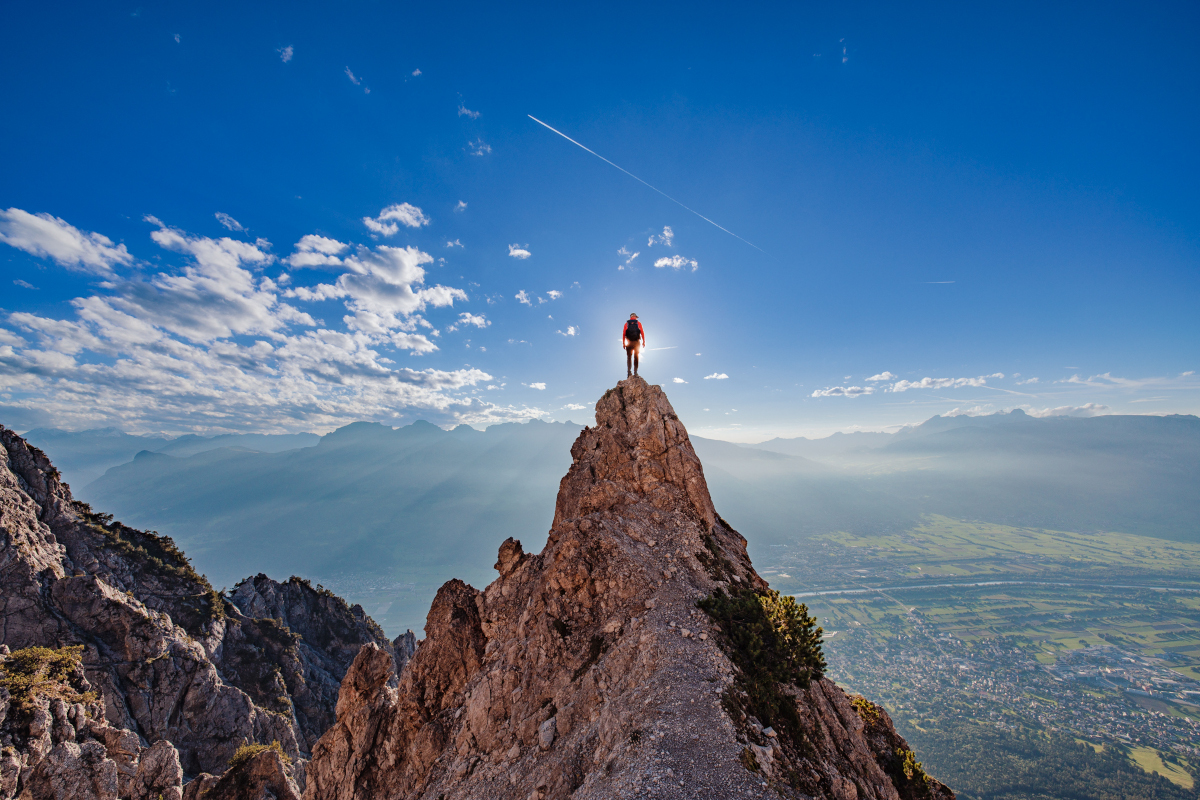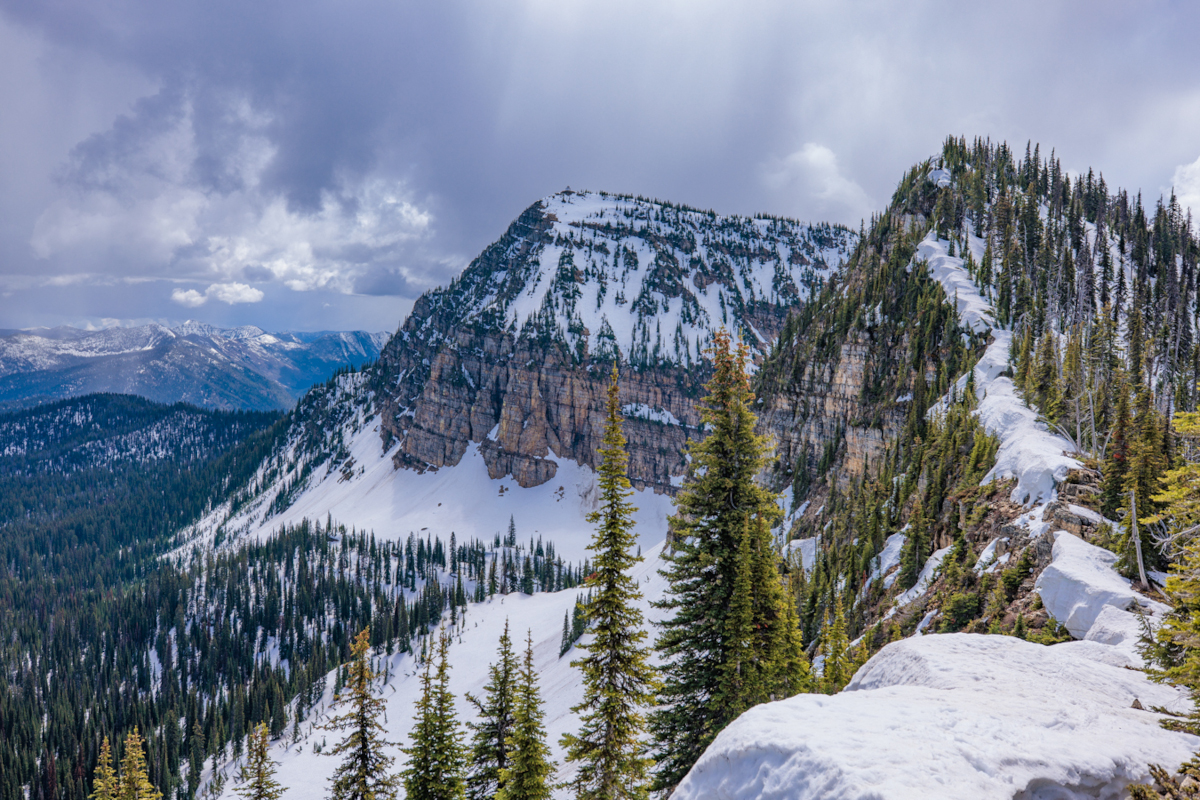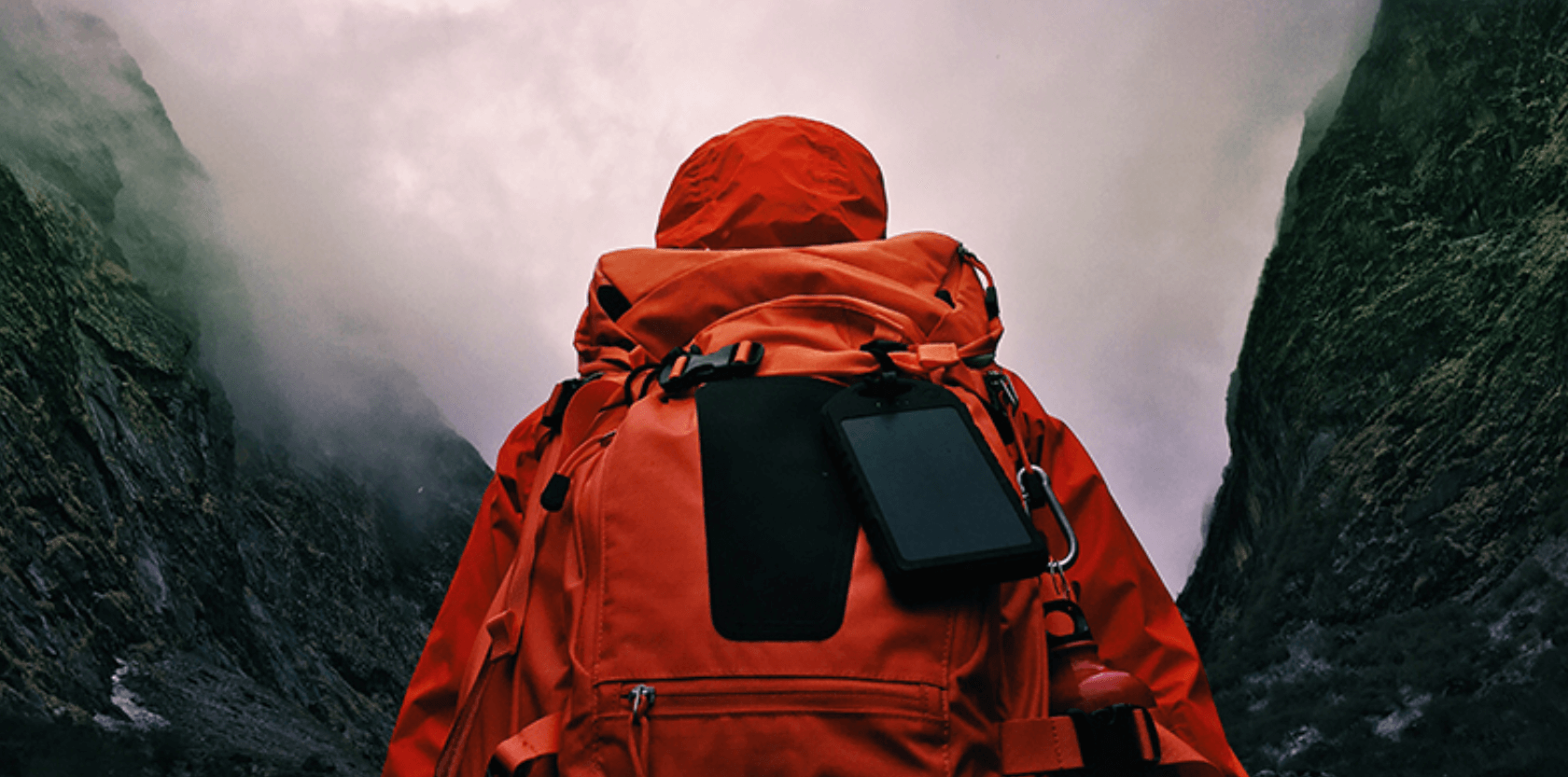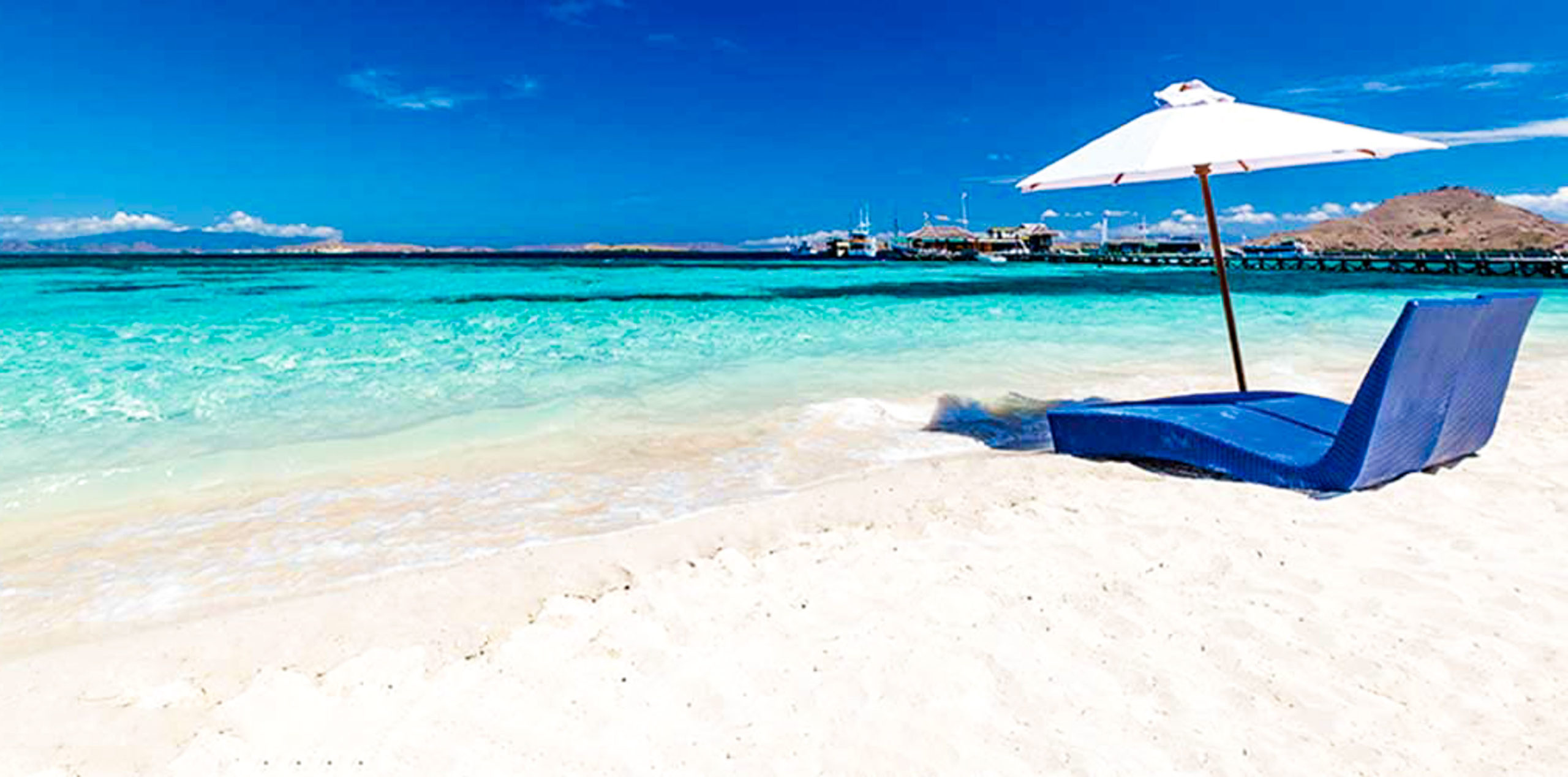
What is High Altitude?
However, taking a high-altitude trek is not something you can do casually. It requires a fair bit of training, preparation, and knowledge before you go. If you live at or near sea level, this is especially true, as your body will not be used to the strain of exerting yourself at high altitude.
Let's take a look at what you need to know about training for a high-altitude adventure.
High altitude refers to the distance above sea level of a given location. It is typically categorized into three levels: high altitude is 5,000 to 11,500ft above sea level; very high altitude is 11,500 to 18,000ft; and extreme altitude is anywhere above 18,000ft.
High-altitude locations have less oxygen compared to sea level — the higher you go, the lower the amount of oxygen available in the air for your body to use. This can have effects on the body, especially if you're hiking, so you have to be cautious about over-exerting yourself at high altitude before your body is ready.

How to Prepare for a High-Altitude Hike or Trek
Preparing for travel at high altitude — let alone a high-altitude trek — isn’t something to take lightly. It’s not advisable to simply turn up and hope for the best, even if you’re in decent physical fitness at sea level.
Of course, you’ll want to look into adventure travel insurance for hiking and trekking that includes medical coverage, search and rescue, and emergency evacuation, especially if your itinerary involves risky activities in remote locations. Redpoint’s comprehensive policies include medical care and emergency evacuation coverage, so you can travel with confidence.
There are various risks associated with high-altitude trekking, so you want to make sure you prepare not only your body, but your mind as well. We talked to Mike Fink the host of Epic Trails and Backpacking TV, about the best way to approach any high altitude training program and here’s what he had to say:
“When it comes to preparing for a high-altitude hike, strength training and cardio are going to be your best friend. I’m a believer that strength training solves a lot of problems, so give it a shot if you can! Once you get to your destination, try to take it easy for a day or two so you can adapt to the higher elevation. When you’re done with your hike, try not to celebrate too hard. Alcohol can hit you differently at higher elevations. Ask me how I know.”
Conditioning
Start with low-impact activities, like walking and swimming, a few times a week. It’s also wise to do some hiking and trekking at home to mimic the uneven conditions you might face on your hike. Don’t forget to include rest days to avoid injury.
Endurance and Cardio Training
For a targeted approach, hike or climb stairs with a loaded backpack to simulate trekking demands while strengthening your heart and lungs. Be sure to gradually increase the duration and intensity of your workouts over time.
Strength Training
Exercises that build core, leg, and back muscles are key. Focus on exercises like squats, lunges, deadlifts, and planks, and include upper body workouts, like push-ups, pull-ups, and shoulder presses, to support pack carrying.
As always with strength training, progressive load is key — meaning you should gradually add weight and repetitions each week to your routine.
Hiking and Trekking–Specific Exercises
Try stair-climbing or step-ups with weights to mimic climbing uphill. Build your balance and stability with a wobble board or by doing single leg deadlifts, and build ankle and knee strength with lateral band walks and calf raises.
Nutrition
A balanced diet of lean proteins, whole grains, healthy fats, and fruits and vegetables is key. Be sure to also incorporate plenty of iron-rich foods, as this helps with oxygen transportation in your bloodstream.
On your hike or trek, pack plenty of nutrient-dense snacks and energy bars to keep your energy and blood-sugar levels stable.
Classes and Guided Training
In addition, yoga and pilates classes can help enhance your mobility, core strength, and balance — all of which will be helpful on challenging terrain.
Mental Preparation
Mindfulness techniques can keep your head focused and help you stay out of your own way. Breathing practices and mantra work — choosing a simple statement to say to yourself when the going gets tough — can help you mentally prepare for the challenge ahead.
Step-by-Step Training for High-Altitude Hiking
- Improve your overall physical fitness and conditioning months before your trek.
- In the six to eight weeks before your trek, focus on boosting your aerobic fitness, strength, mobility, and balance.
- Exercise in conditions that mimic a high-altitude trek, such as rugged, uneven trails and low-oxygen environments.
- Practice mindfulness techniques to bolster mental strength.
- Eat a balanced diet, and boost iron levels.
- Get plenty of sleep, and take rest days to avoid injury.
- Once you embark on your trip, ascend to higher elevation gradually.
How to Deal With High-Altitude Sickness
High-altitude sickness happens when the body can’t properly adjust to higher elevations because of the lower amount of oxygen available. It typically starts to be an issue at elevations above 8,000ft, but the higher you go, the worse it can get.
The most important thing to keep in mind is that gaining elevation quickly is more likely to lead to sickness. The best advice is avoid going “too high, too fast.” In other words, gradually increase your elevation over a period of days. Experts advise to increase your altitude no more than 1,600ft per day.
Signs and Symptoms of High-Altitude Sickness
High-altitude sickness can vary in severity and symptoms. Here are the three levels of sickness to watch out for, as well as the associated symptoms.
- Acute Mountain Sickness (AMS): The most common and mildest form, called Acute Mountain Sickness, causing symptoms like headache, nausea, and fatigue.
- High Altitude Cerebral Edema (HACE): A severe, life-threatening condition involving swelling of the brain, leading to confusion, loss of coordination, and potentially coma.
- High Altitude Pulmonary Edema (HAPE): A dangerous buildup of fluid in the lungs, causing breathlessness, chest tightness, and a persistent cough
What to Do if You Experience High-Altitude Sickness
Milder forms of high-altitude sickness can be treated with rest and hydration. If you believe you are developing altitude sickness, you should stop exerting yourself and stop ascending to higher elevation gains.
If you have serious symptoms, such as difficulty breathing or confusion, you should seek medical advice immediately. For help finding the appropriate care, Redpoint’s customer service team can be reached 24/7 at +1-415-481-0610.
Medications Available
You should always consult a medical professional before taking any medications, including for high-altitude sickness. That said, it’s worth packing ibuprofen and aspirin in your first-aid kit to help with any headaches associated with the condition.
For serious cases, there are stronger prescription medications — including ones to lower your blood pressure and steroids — that may be prescribed. Supplemental oxygen or hyperbaric chambers can also be helpful, but should only be used on the advice of a medical professional.
Gear Recommendations for High-Altitude Training
You’ll need a range of gear to prepare for your high-altitude trek.
Here’s some of the equipment you may want to invest in:
- High-performance outerwear that’s suitable for the climate of your trek
- Base layers in a moisture-wicking fabric, like merino wool, to keep you warm
- Waterproof boots or hiking shoes
- Sandals to give your feet a break when you’re not trekking
- Two to three pairs of long socks
- Waterproof jacket and compact down jacket
- Sunglasses and a hat
- A well-fitted backpack
Get Protected for Your Trek with Redpoint
While training is up to you, Redpoint can help keep you protected on your high-altitude trek with comprehensive travel insurance. Our international travel insurance plans — Ripcord, Cavalry, and Harbor — include medical care and emergency evacuation coverage in case anything goes wrong on your trek. Get a quote for your next trip today, and don’t leave sea level without it.




